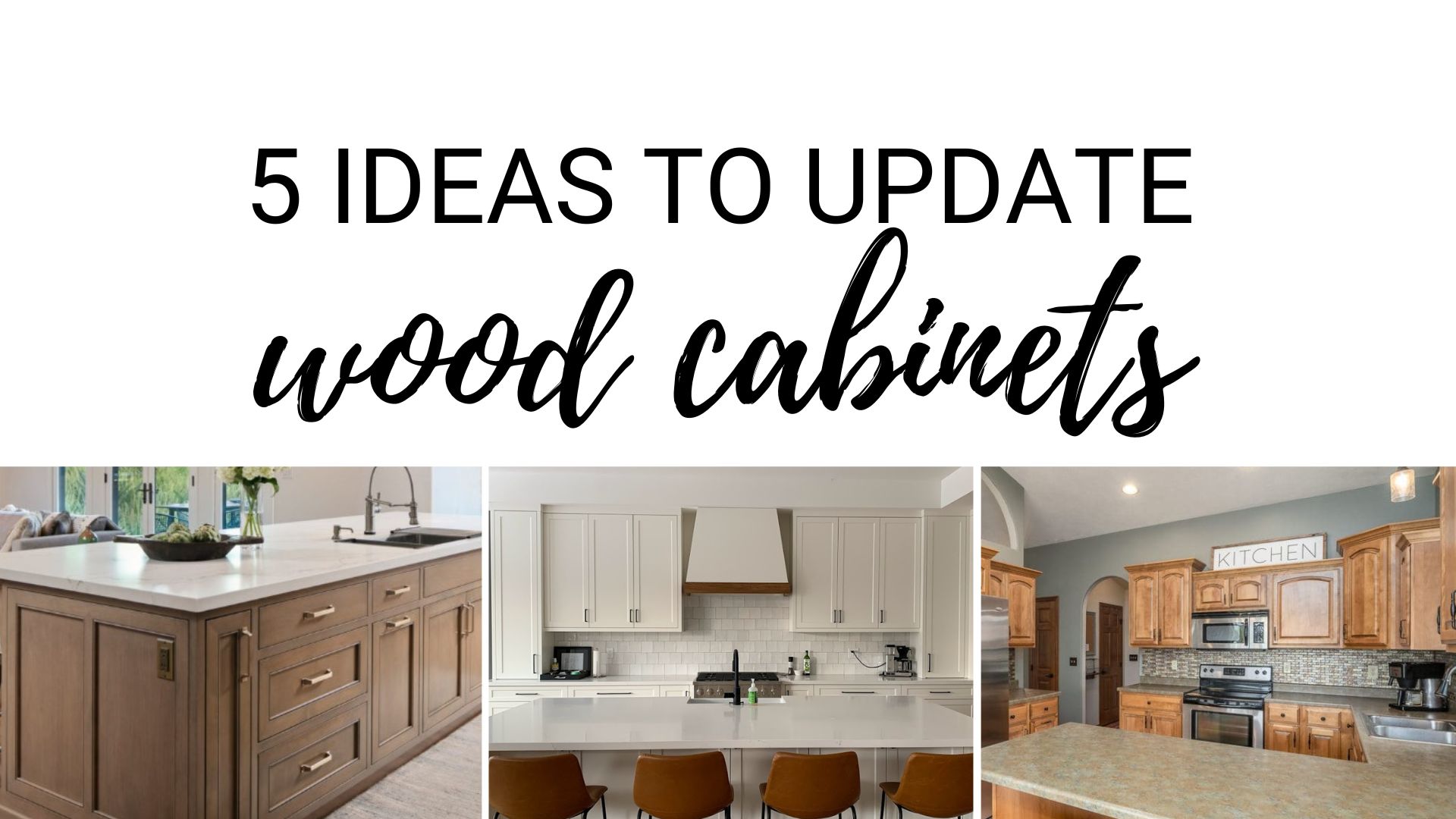Cabinet Organization and Functionality Improvements: Updating Oak Cabinets Without Painting

Updating your oak cabinets doesn’t just involve aesthetics; maximizing their functionality is equally important. Cluttered cabinets lead to wasted time and frustration. By implementing smart organization solutions, you can transform your kitchen into a more efficient and enjoyable space. This section focuses on identifying common problems and providing practical solutions to improve your cabinet organization.
Common Organizational Problems and Solutions
Many oak cabinets, despite their timeless appeal, suffer from a lack of internal organization. Common issues include insufficient space for items, poorly utilized vertical space, and a general lack of designated areas for specific kitchen items. These problems can be easily addressed with readily available organizational tools. For instance, deep drawers often become dumping grounds, while corner cabinets remain notoriously difficult to access. Adding drawer dividers creates distinct compartments for utensils, while pull-out shelves make accessing items in deep or high cabinets much easier. Utilizing vertical space with stackable containers and tiered organizers also helps maximize storage capacity.
Installing Pull-Out Shelves and Drawer Organizers
Installing pull-out shelves and drawer organizers is a straightforward process achievable with basic DIY skills. For pull-out shelves, you’ll need measuring tape, a level, a drill, screws, shelf supports (either pre-made or custom-cut wood), and possibly a sliding track system depending on the chosen design. Measure the interior dimensions of your cabinet carefully, ensuring you account for the depth of the shelf supports and any desired spacing between shelves. Mark the positions for the shelf supports on the cabinet sides and drill pilot holes before securing them with screws. Install the sliding tracks (if using) according to the manufacturer’s instructions. Then, carefully place the shelves onto the supports.
For drawer organizers, the process is similar but simpler. Many pre-made organizers are available to fit standard drawer sizes. Measure your drawers accurately and select organizers that fit snugly. Some organizers simply slide into the drawer, while others may require some light assembly or attachment using adhesive or small screws. Always refer to the manufacturer’s instructions for specific installation guidance.
Customized Cabinet Organizer System Design: Corner Cabinet, Updating oak cabinets without painting
Let’s design a customized organizer for a common problem area: the corner cabinet. This design uses a combination of pull-out shelves and vertical dividers to maximize space and accessibility.
| Component | Dimensions (inches) | Material | Notes |
|---|---|---|---|
| Pull-out Shelf 1 (Top) | Depth: 12, Width: 18, Height: 6 | 1/2″ Plywood | For spices and smaller items |
| Pull-out Shelf 2 (Bottom) | Depth: 12, Width: 18, Height: 10 | 1/2″ Plywood | For larger cans and jars |
| Vertical Dividers (both shelves) | Variable, depending on item size | 1/4″ Plywood | Create compartments within shelves |
| Sliding Track System | As needed, based on cabinet depth | Metal | Allows for smooth shelf movement |
This design prioritizes easy access to all items. The two pull-out shelves allow for full extension, eliminating the need to reach into a dark corner. The vertical dividers further organize items on each shelf, preventing them from shifting and improving visibility. The choice of plywood ensures durability and easy cleaning. Remember to adjust dimensions based on your specific corner cabinet measurements.
